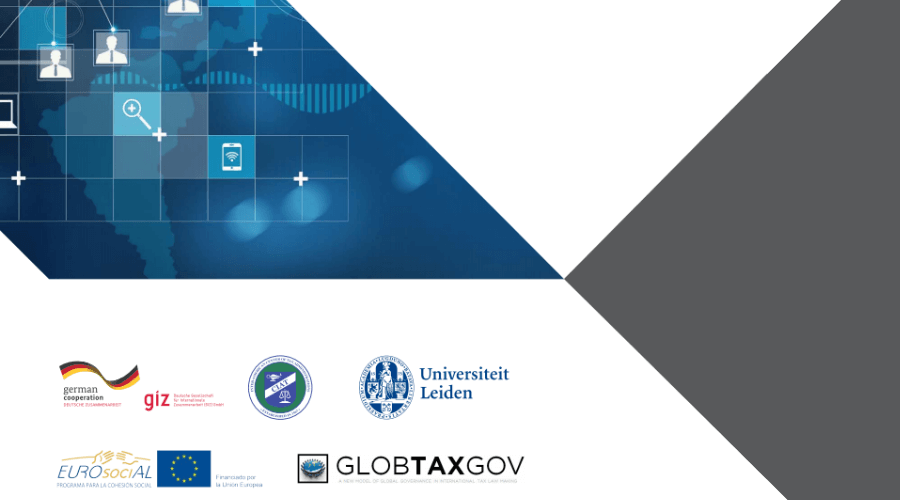If you are thinking of implementing, improving, or optimizing the application of general anti-avoidance rules – read our blog.

In the past decade there has been more attention than ever before given to the controversial tax avoidance and evasion schemes utilized by the world’s biggest companies. The many stories derived from incidences like the Panama Papers, Lux Leaks, Pandora papers, etc. give a rough idea of the tax planning strategies and loopholes being exploited in the system of international taxation, leading to little or no tax paid in many of the jurisdictions in which these multinational entities operate. This issue led countries to desire a more overarching tool with which they can control large multinational taxpayers and reduce potential loopholes. Thus, countries have been adopting various types of general anti-avoidance rules (GAARs) in both a domestic and international context. One such example is the well-known Principle Purpose Test which has been promoted by the political mandate of the G20 and presented in Action 6 of the OECD’s BEPS project.
The growing adoption of GAARs has inevitably brought with it both benefits and challenges. One of the main advantages stems from the fact that GAARs act as a sort of ‘catch all’ clause, giving administrations the ability to encompass situations that may otherwise go unaddressed due to a lack of legal capacity. One of the main controversies surrounding this topic is that taxpayers feel it to be sometimes excessive, the potential reach allocated to the tax administration may even lead to a feeling of uncertainty. This uncertainty is further exasperated as the interpretation of GAAR provisions is subjective, leading to ambiguous or opaque reasoning. In this sense, the utility of the Toolkit is that it presents suggestions for the design and implementation of GAARs in a way that mitigates the challenges, reduces the resistance to change, and enhances overall sustainability. Throughout the document, attention is also paid to situations where a GAAR already exists but may benefit from being improved or amended. Practical examples and recommendations are complemented with theoretical concepts to give a ‘whole picture’ outlook.
After the introduction, the first section of the Toolkit deals with the most critical question; does the country even need to implement a GAAR? From there, the narrative focuses on the interaction with risk assessment systems, the sustainable introduction of a GAAR, the design of the rule, and its functional application. Within this last section are answers to questions such as; what type of profile or skill set should the tax administration official who are working with the GAARs have? What kind of capacity building programs and training materials are available for the GAAR team? What process can be followed to apply the GAAR in a way that maintains tax certainty? What options are available in the case of disputes? These are just a few examples of the information that can be found in this document.
We invite you to download and read the Toolkit, available in both English and Spanish.
1,923 total views, 4 views today
